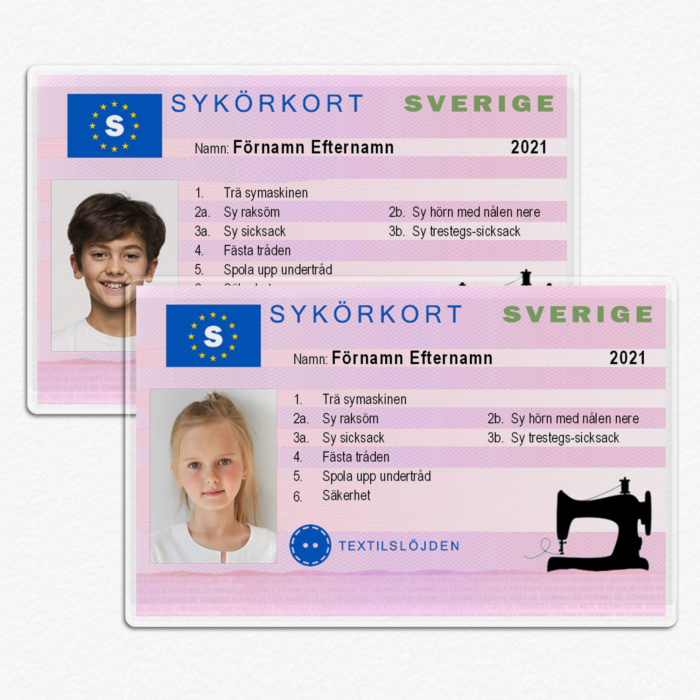 On 5th November every year, children in Britain get excited because it is Bonfire Night (Guy Fawkes’ Night). On 5th November every year, children in Britain get excited because it is Bonfire Night (Guy Fawkes’ Night).
They lit bonfires, burn Guy Fawkes and enjoy firework displays. They are remembering when the King James l, and the Houses of Parliament were nearly blown up with gunpowder. |
“Remember, remember, the fifth of November, Gunpowder, treason and plot. We see no reason why Gunpowder treason Should ever be forgot!” |
 Four hundred years ago, in 1605 Guy Fawkes (1570 to 1606) was one of a group of Catholic plotters who planned, but failed, to blow up the Houses of Parliament in London, the place where laws were made.At the time, King James I was on the throne. England had broken away from the Catholic faith and the Church of Rome during Henry VIII’s reign (1536), but there were still many Catholics in the country. Guy Fawkes joined up with a group of thirteen Catholic plotters, led by Robert Catesby. They planned to overthrow the King and put a Catholic monarch back on the throne. Four hundred years ago, in 1605 Guy Fawkes (1570 to 1606) was one of a group of Catholic plotters who planned, but failed, to blow up the Houses of Parliament in London, the place where laws were made.At the time, King James I was on the throne. England had broken away from the Catholic faith and the Church of Rome during Henry VIII’s reign (1536), but there were still many Catholics in the country. Guy Fawkes joined up with a group of thirteen Catholic plotters, led by Robert Catesby. They planned to overthrow the King and put a Catholic monarch back on the throne.
The plotters rented space in the cellars of the House of Lords, next door to the Parliament, and filled it with thirty-six barrels |
get caught in the explosion and wrote a letter to warn them. Lord Monteagle received one of the letters saying Parliament would “receive a terrible blow”. Lord Monteagle showed the letter to the King. The cellars were thoroughly searched and Guy Fawkes caught.
Londoners were encouraged to celebrate the King’s escape from assassination by lighting bonfires, provided that “this testemonye of joy be carefull done without any danger or disorder” – and an Act of Parliament soon followed, declaring 5th November as a day of thanksgiving for “the joyful day of deliverance”.
|
End of – Page 1 © www.sisselblom.se |
|
| This night has also been a focus for anti-Catholic sentiment. Not only effigies of Guy and sometimes of the Pope (or contemporary politicians). The gesture is mostly a quirky tradition, rather than hostility towards the Pope even if the name of this event has been called Popes Day.Other Traditions on Bonfire night People leave their houses to walk in festive parades, look at huge firework displays and gather around the bonfires to burn Guy Fawkes or to dressed up as Guy. The bonfires are used to cook potatoes wrapped in foil, sausages and heated up soup and to toast Marshmallows in the fire. The traditional cake is “Parkin Cake”, a sticky cake containing a mix of oatmeal, ginger and syrup.
Fun facts: As a result of the Gunpowder Plot, Parliament passed anti-Catholic legislation that prevented Catholics from voting, practicing law, or serving as an officer in the Army or Navy. Catholics did not get the right to vote back until 1829. The “Guy” tradition on Bonfire Night found it’s way into our language, and by the 19th century the word “guy” was used to refer to a strangely dressed man. From there it was adopted into American English to refer to any man, and is of course still commonly used today! Every year, barrels soaked in tar are set alight and are carried at great speed by recidents. This tradition starts at the age of 7 but with the use of smaller barrels. To get an idea of how dangerous this tradition is – have a look at the film below! |
 Remember, remember the fifth of November, Remember, remember the fifth of November,Gunpowder treason and plot. We see no reason Why gunpowder treason Should ever be forgot!Guy Fawkes, guy, t’was his intent To blow up king and parliament. Three score barrels were laid below To prove old England’s overthrow. By god’s mercy he was catch’d And what shall we do with him?  Parade and Houses of Parliament on Bonfire Night
|
End of – Page 2 © www.sisselblom.se Ladda ner arbetsblad:► Guy Fawkes’ Night & The Gunpowder Plot of 1605 – Text, övningsuppgifter samt facit (Pdf).
Bonfire Night: |
|

 of gunpowder. Guy Fawkes was going to keep watch over the barrels of gunpowder and to light the fuse. The plan was to set of the gunpowder during the opening of Parliament, on 5th November 1605.
of gunpowder. Guy Fawkes was going to keep watch over the barrels of gunpowder and to light the fuse. The plan was to set of the gunpowder during the opening of Parliament, on 5th November 1605. After several days of horrible torture, Guy Fawkes gave up the names of his fellow plotters and eight of them went to trial in January 1606. All were found guilty and executed in the Tower of London.
After several days of horrible torture, Guy Fawkes gave up the names of his fellow plotters and eight of them went to trial in January 1606. All were found guilty and executed in the Tower of London. When we celebrate Bonfire Night now, it seems very far removed from the events four hundred years ago.
When we celebrate Bonfire Night now, it seems very far removed from the events four hundred years ago.




